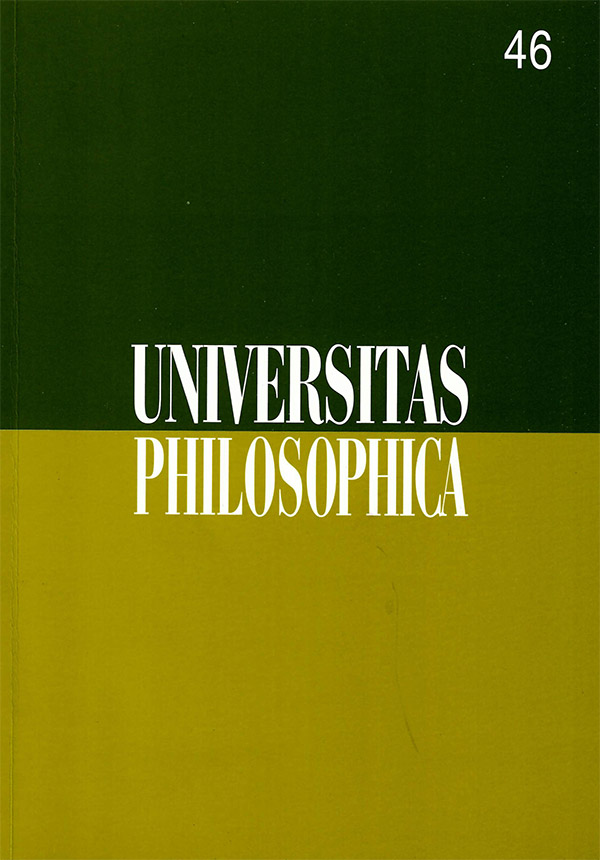Resumo
El autor sostiene que “la esencia” de una teoría científica es un conjunto de diferentes tipos de estructuras complejas compuestas de estructuras más simples, a saber: los modelos potenciales y los modelos actuales. Reúne, además, otros elementos: las condiciones que constriñen los componentes de cada modelo en función de los componentes de otros modelos de la misma y de otras teorías diferentes; la determinación de qué conceptos y métodos son específicos de la teoría en cuestión y cuáles provienen de teorías subyacentes o del exterior; finalmente, el componente borroso inherente a cualquier modelo científico. Todo esto constituye el núcleo formal de una teoría. Asimismo, el dominio pragmático-histórico no formalizable, también hace parte de la identidad esencial de toda teoría empírica. Las teorías “normales” de las ciencias empíricas están dispuestas en redes de estructuras piramidales, con un elemento teórico en la cima y una serie de nexos cada vez más especializados, con sus aplicaciones directas o indirectas hacia abajo. Tal sería la visión estrictamente sincrónica de las teorías. Su dimensión diacrónica acoge aportes de Kuhn y de Lakatos, así como la noción estructuralista de evolución teórica.Ésta concepción reconstruye teorías científicas particulares, sin preocuparse
mucho por los grandes problemas de la filosofía de la ciencia.
Esta revista científica se encuentra registrada bajo la licencia Creative Commons Reconocimiento 4.0 Internacional. Por lo tanto, esta obra se puede reproducir, distribuir y comunicar públicamente en formato digital, siempre que se reconozca el nombre de los autores y a la Pontificia Universidad Javeriana. Se permite citar, adaptar, transformar, autoarchivar, republicar y crear a partir del material, para cualquier finalidad (incluso comercial), siempre que se reconozca adecuadamente la autoría, se proporcione un enlace a la obra original y se indique si se han realizado cambios. La Pontificia Universidad Javeriana no retiene los derechos sobre las obras publicadas y los contenidos son responsabilidad exclusiva de los autores, quienes conservan sus derechos morales, intelectuales, de privacidad y publicidad.
El aval sobre la intervención de la obra (revisión, corrección de estilo, traducción, diagramación) y su posterior divulgación se otorga mediante una licencia de uso y no a través de una cesión de derechos, lo que representa que la revista y la Pontificia Universidad Javeriana se eximen de cualquier responsabilidad que se pueda derivar de una mala práctica ética por parte de los autores. En consecuencia de la protección brindada por la licencia de uso, la revista no se encuentra en la obligación de publicar retractaciones o modificar la información ya publicada, a no ser que la errata surja del proceso de gestión editorial. La publicación de contenidos en esta revista no representa regalías para los contribuyentes.


